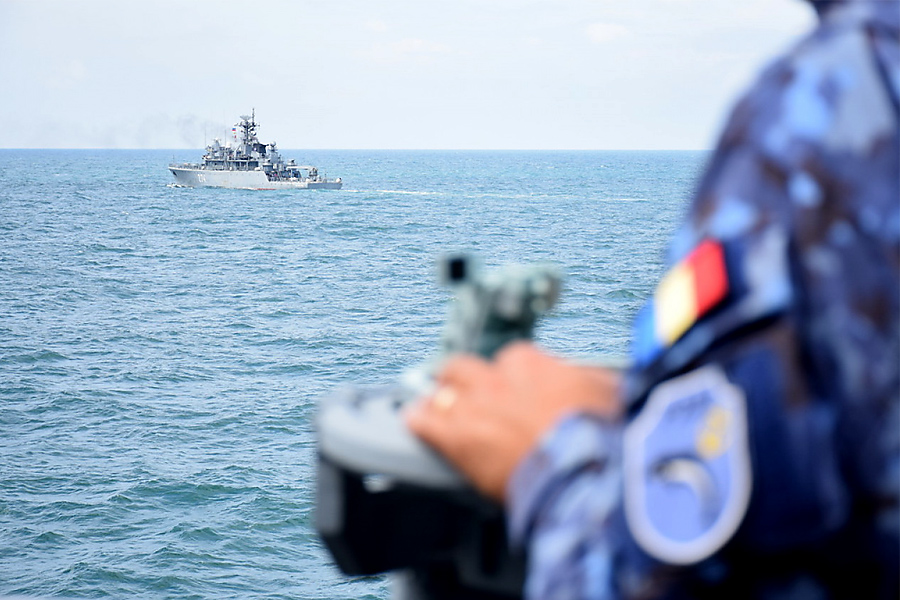On Wednesday morning, an explosion occurred on board a cargo ship flying the flag of Togo, located in the Sulina area (Romania). The crew was rescued by Romanian emergency teams and safely brought to port, reports Digi24.
The Romanian Naval Forces Command stated that there are no indications that this was a sea mine. Additionally, the Ministry of National Defence clarified that the General Staff of the Naval Forces dispatched the ship “Vice Admiral Konstantin Belescu” with a group of military divers on board to investigate the causes of the explosion.
However, CNN, citing the Romanian Maritime Search and Rescue Service, reports that the ship likely encountered a sea mine. At least 12 crew members were brought to a port near the Ukrainian border after the explosion occurred approximately 25 miles from the shore.
Later, Romania’s Minister of Transport, Sorin Grindeanu, stated that it has not yet been determined whether it was a sea mine or an explosion inside the ship.
“In this area, a ship with divers has been sent to investigate the reasons, whether it was a mine or an explosion in the engine room. At the moment, it’s unclear. Those who are investigating and conducting the investigation will inform us,” Grindeanu added.
In turn, Mayor Vergil Chițac of Constanța stated on Digi24 that it might have been an internal explosion, not a sea mine.
“Divers will see where the explosion occurred, whether it was from the mine or it was an internal cause. I don’t think it was a sea mine because the engine compartment was affected. I think it was an internal cause,” the mayor said.
The plans of action and operational procedures of the Romanian Naval Forces have been quickly adapted to the current security situation since the start of the Russian war in Ukraine in February 2022 to effectively respond to various threats in the maritime space, thus contributing to ensuring the collective security of the North Atlantic Alliance, according to an official statement from the Romanian government.
The Romanian Naval Forces continuously monitor the Black Sea using military ships, military helicopters IAR-330 Puma, marine research drones, EOD combat diver units (specialized in dealing with explosive devices), and through a Data Center subordinate to the Maritime Hydrographic Directorate.
Source: The Gaze







